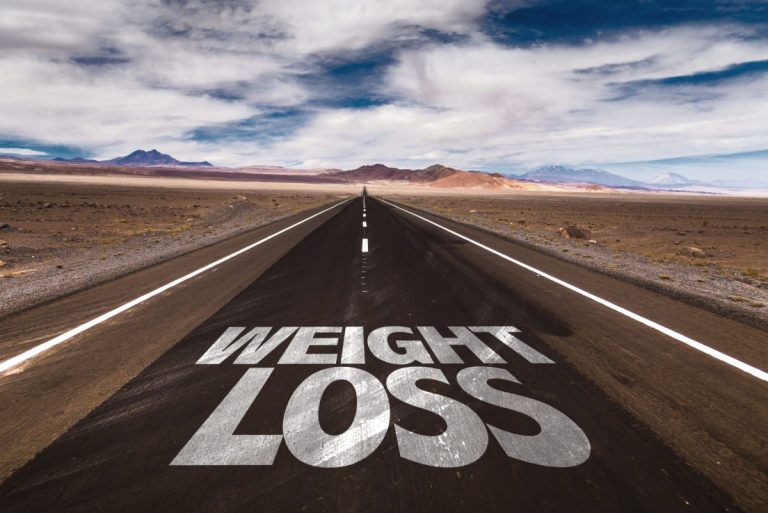
Why Should I Keep a Food Log?
Why start a food log? Let’s get real here. Most people do not want to track what they eat. It

When people tell me that they want to lose weight and I ask “How much weight?” or “ What would you like to weigh? ”, they’re usually pretty quick with an answer. However, as we delve deeper into the subject the conversation doesn’t flow as easily. This is especially true when I ask how they arrived at their target goal. The responses are often arbitrary, like a particular size of clothing they’d like to wear (or used to wear), a number that they’d like to see on the scale, or perhaps its to meet a particular standard on a BMI chart. (BMI stands for body mass index, which is a now outdated estimate of a person’s fat % based on the ratio of their height to weight).
The challenge with such goals is that they are often selected without context: size is not consistent among brands, people of identical height and weight can look very different and wear different size clothing. And one person with a lower % body fat but higher muscle mass can even have a higher BMI!
I make no argument that losing weight is a worthwhile nutrition related outcome. I’m just against using any one number in isolation, as a measurement of success. That’s why when my clients begin their nutritional journey, and want to lose weight, I have them begin by weighing in on a scale that measures body composition (fat/muscle/water, etc). Unlike traditional scales, which offer a singular data point, a composition scale provides a wide range of information. When looked at in aggregate, that data offers a more complete picture of the body, allows for realistic goal setting and helps determine what type of nutritional plan is most likely to lead to success.
Most gyms these days have an on-site high end body composition scale, like the INBODY. The InBody is highly accurate, offers date output in less than 30 seconds, and ties in with a free app that can receive and store your historical data regardless of where you weigh in. (I too have been weighed on them and love the detailed output, including how much mass is carried in each arm and leg!). However the places that have these scales typically charge a fee for their use, in the neighborhood of $20-$30 per weigh-in. Fortunately there are a number of affordable home-based versions as well. I’ve been using the Aborleaf -brand smart scale for several years and appreciate many of its features:
The bottom line is that when it comes to nutrition and weight loss, I don’t recommend looking at your weight in isolation. First and foremost, nutrition is the most important variable. After that, it’s the combination of % body fat, muscle mass and weight that truly offers a picture of your health and can then be used to help determine appropriate goals and how to reach them.

Why start a food log? Let’s get real here. Most people do not want to track what they eat. It

The #1 thing you should do right now, if you want to lose weight – and keep it off! If

Quick & Easy Chia Gel and Peach Smoothie When you’re short on time, but need a quick pick me up

Five simple ways to eat healthier Are you looking for simple ways to eat healthier? Would you like to lose